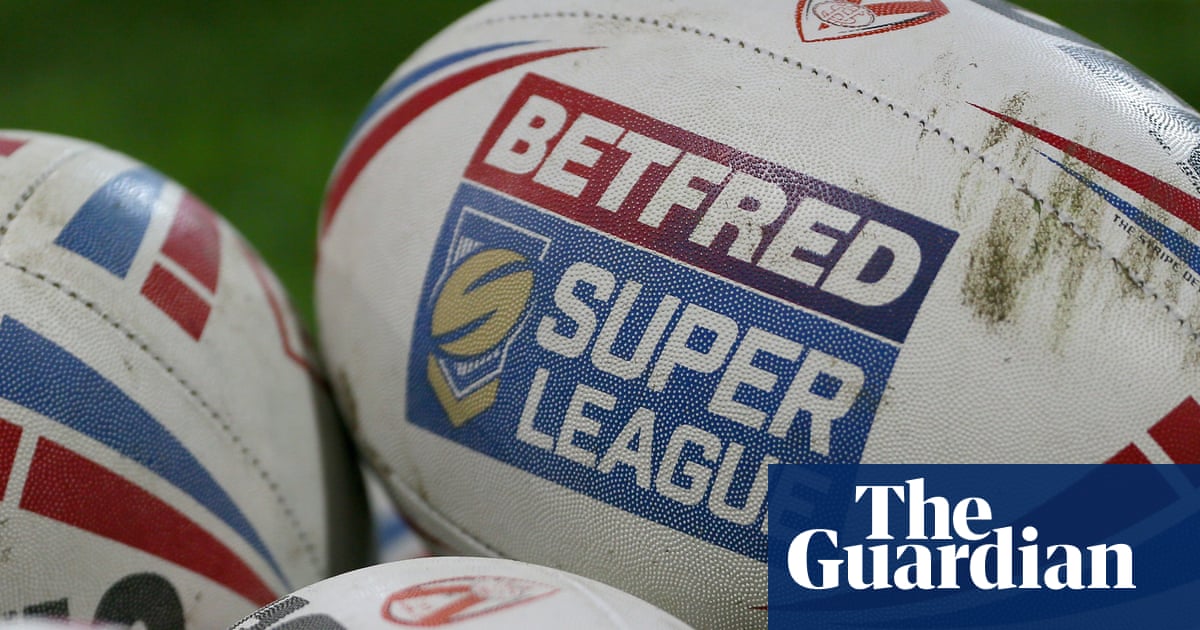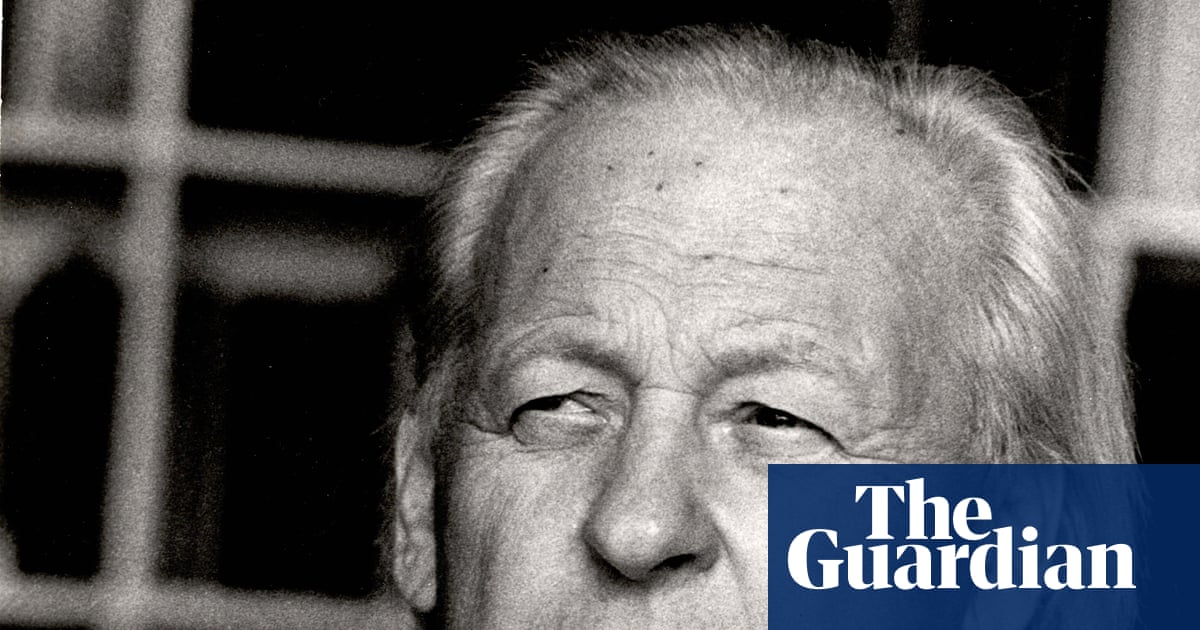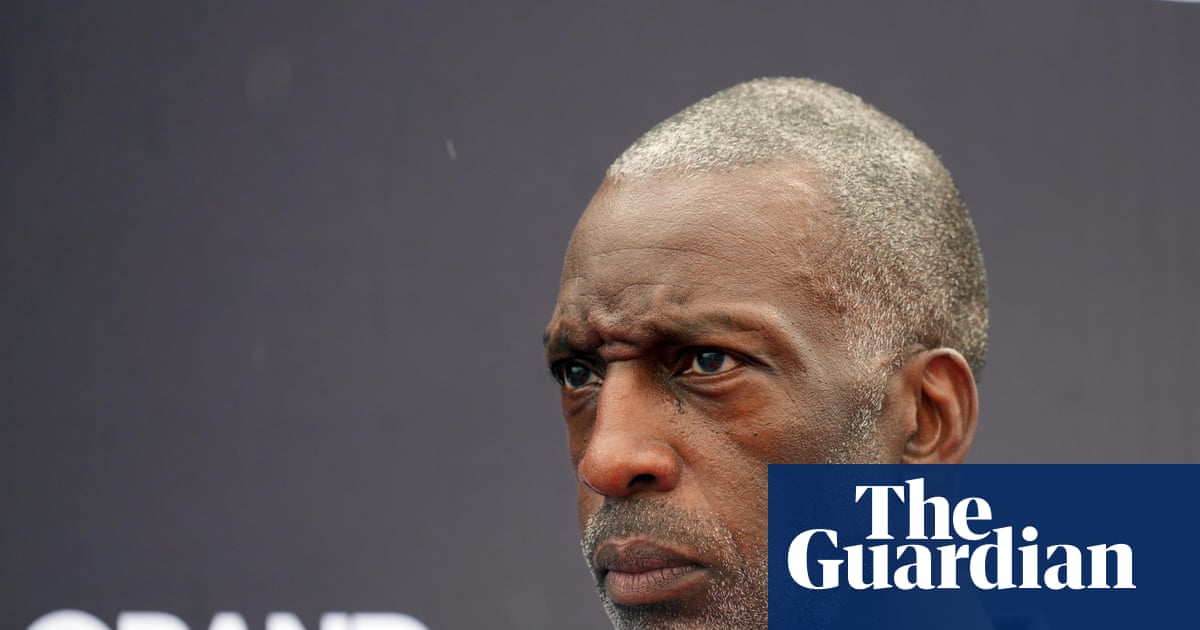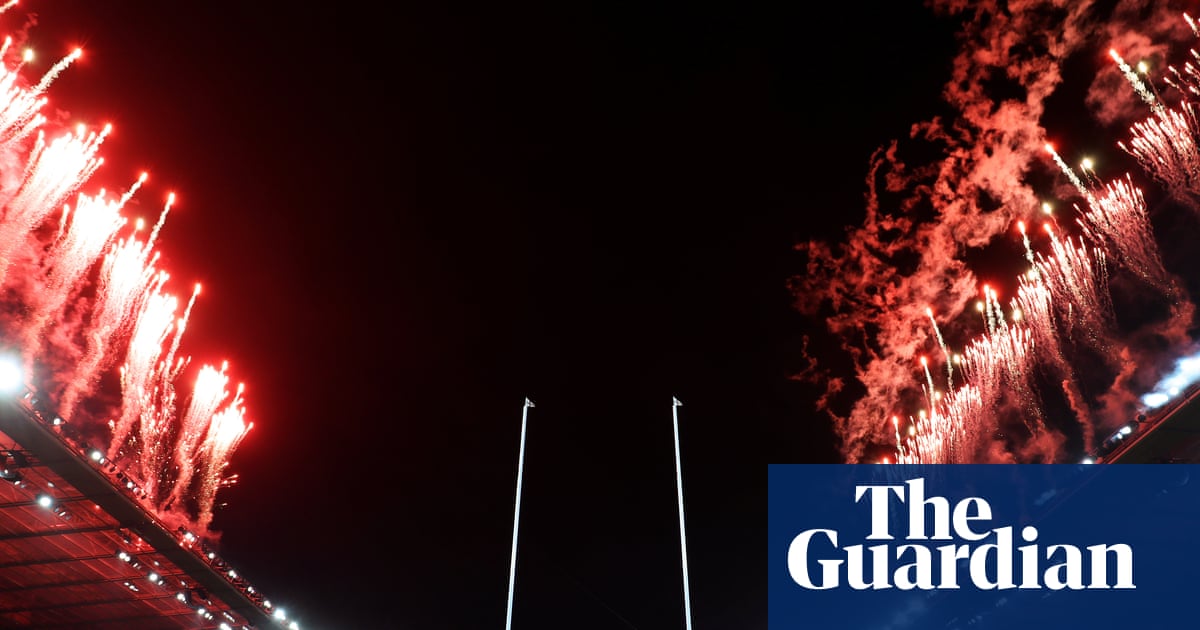We’re now a year-ish from the World Cup. The tournament is still dominated by European and South American teams. But which continent without a winner (Asia, Africa, Central and North America and, I guess, Oceania) has the best chance of lifting the trophy first?
– Stacey
This is a fascinating question and one that brings a wide range of factors into play. To start, what difference will the expansion of the tournament make? On one hand, extending the tournament so the winner will have to get through eight games rather than seven probably makes shocks less likely, but on the other hand an extra knockout round adds another layer of randomness. Even with four knockout rounds, most champions usually had at least one game of significant jeopardy – a win on penalties, or an edgy one-goal victory after extra-time. Winning all five knockout games in 90 minutes, I suspect, will prove extremely rare but the likelihood is still that the winner will be one of the major European powers – France, Spain, Germany, England, Portugal, Italy and the Netherlands – or one of the big two from South America – Argentina and Brazil.
On a similar note, weight of numbers should help the other confederations: 15 of the 32 qualifiers in 2022 were from outside Uefa and Conmebol; in 2026 either 25 or 26 of 48 will be. That should increase the chance of a side hitting a run of exceptional form at the right time.
But this isn’t just about confederations. Between 2006 and 2018, 13 of 16 semi-finalists in the World Cup were European. There was a clear sense within the game that the major western European nations had in effect industrialised youth production – to the extent that the majority of, say, Morocco’s squad in 2022, had been trained in France. Add a wealthy league in which the best of a nation’s youth can gain an exceptional and immediate education and the advantage enjoyed by western Europe is clear. Argentina bucked that trend in 2022, in part because of the brilliance of Lionel Messi, and in part because of its remarkable reserves of coaching talent (seven of the 10 Conmebol nations are managed by Argentinians, and that’s without counting Óscar Ibáñez, who was born in Argentina but played for and now manages Peru).
But to return to the specifics of the question: money helps, so the USA, Mexico and Canada have at least a slim chance of success. Africa has the talent but its football – and this is obviously a generalisation – is beset by poverty and corruption. Morocco showed their capacity in Qatar, and if, say, Nigeria or Senegal managed to find an enlightened coach who could bypass all the political issues at the same time they had a gifted generation, there’s no reason there couldn’t be an African winner – although it doesn’t feel imminent.
Asia, perhaps, is most likely, although we’re probably only talking about three countries at the moment. Japan and South Korea have been regular World Cup qualifiers, their level has improved dramatically, there is money to invest, a deep-rooted passion for the game, and their players are increasingly gaining experience at the best clubs.
Or there’s Saudi Arabia, a traditional power in the Asian game, and hosts in 2034. We’re yet to see what impact all the Saudi PIF’s investment in football will have, but money, a political will to succeed, an improving league must give them at least an outside chance with home advantage in eight years.
As an American, I defy anyone to argue the 1994 World Cup jersey is not the best in soccer history. Do you have any personal favorites?
– Matt
I confess I find the fetishisation of shirts a little odd. I hate over-fussy shirts, and I wish Sunderland would go back to black socks, but I’m not sure there are any shirts I really love. I was talking to a friend about this on the way to the Championship play-off final, looking at the masses of red-and-white all around while we were both wearing very neutral check shirts. We wondered whether it’s because in our formative years of going to games, away games especially, in the late 80s and early 90s, it was useful to be able to blend into the background if any violence kicked off.
But I suppose if pressed, I always quite liked the simple Adidas, early 80s, plain colour with three stripes along the sleeves – the pale-blue West Germany goalkeeper’s top in particular.
What will predominate: the next tactical evolution, or the rise of the nation-state owner in European and English football?
– Andrew
I don’t think you can separate the two. Ownership, whether state or otherwise, necessarily creates the conditions in which the game is played. So Pep Guardiola, for instance, was in effect asked to devise his ideal environment at Manchester City, and the result was six league titles in seven seasons. City’s owners had the financial might to attract him to the club, to give him the facilities he needed and to provide an extremely high-level squad. As a result, there was little need to compromise on his principles as a manager at a less wealthy club might have had to.
Or take Paris Saint-Germain. Coach after coach was undermined by the club’s insistence on signing major stars, which may have been good for the brand, but left the team on the pitch looking distinctly unbalanced. Once the club changed approach, Luis Enrique was able to put together the side that won the Champions League. What was necessary was the money to buy a squad good enough, but also owners prepared to let a sporting director and manager put together a coherent side free from the egos of the celebrities they had previously been burdened with.
It’s probably my age – I’ve watched football for nearly 70 years – but I really miss old-fashioned wingers, playing on the “correct” wing, beating their defender on the outside and providing crosses for their fellow attackers. The case for inverted wingers seems to be that coming “inside” on to their stronger foot increases their chances of shooting and scoring. It’s now de rigueur for wingers to be inverted. Does the likelihood of inverted wingers scoring goals by coming inside really compensate for the fewer effective crosses they make for their fellow attackers?
– Derek
after newsletter promotion
I agree that there remains something aesthetically very pleasing about a centre-forward meeting an outswinging cross with a header – Alexander Isak’s goal from Anthony Gordon’s cross for Newcastle against Arsenal last season, for instance – but I suspect that ship has sailed.
Herbert Chapman was arguing that a focus on wingers crossing for forwards was inefficient 100 years ago, and most modern theory seems to agree with him. The preference now is either for wide players cutting infield – Peter Taylor was a pioneer in England, but Dennis Tueart and others did it as well – or to work the ball to the goalline for a low cutback – the classic Manchester City goal of a couple of seasons ago.
One of the reasons wide forwards now cut inside is the explosion in attacking full-backs, who now provide most of the width. A full-back could go inside, as say Trent Alexander-Arnold or João Cancelo do, but that is relatively rare and if the full-back is going on the outside, the wide forward has go inside to create space for him. I think there’s also a recognition that forwards cutting in, often against the defender’s weaker foot, is very hard to combat – hence the rise in the sort of goal Lamine Yamal seems to score every week, whipping the ball into the far corner.
On this day …
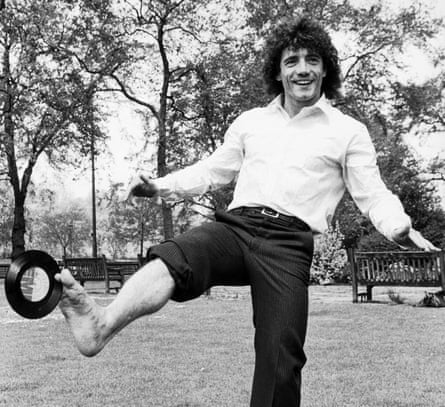
Kevin Keegan was perhaps the first English player, certainly in the postwar years, to make a success of a move to a European giant. He left Liverpool in 1977 for Hamburg, where he won the league in 1978-79 and was twice named European Footballer of the Year. He also marketed himself with an eagerness unusual in English players of the time, becoming a bona fide celebrity. And, on 9 June 1979, he released his second, but by some distance his most successful single, Head Over Heels in Love.
His first single, It Ain’t Easy, had been released in 1972, just a year after he’d moved to Liverpool from Scunthorpe and made very little impression. But Head Over Heels reached No 31 in the UK charts, and No 10 in Germany. And this is where those of a nervous disposition should look away. Keegan gave a preview of the song on Das Aktuelle Sport-Studio. His German seems very good, but that thought soon fades as he gets to the performance …
-
This is an extract from Soccer with Jonathan Wilson, a weekly look from the Guardian US at the game in Europe and beyond. Subscribe for free here. Have a question for Jonathan? Email [email protected], and he’ll answer the best in a future edition.

 3 months ago
93
3 months ago
93



